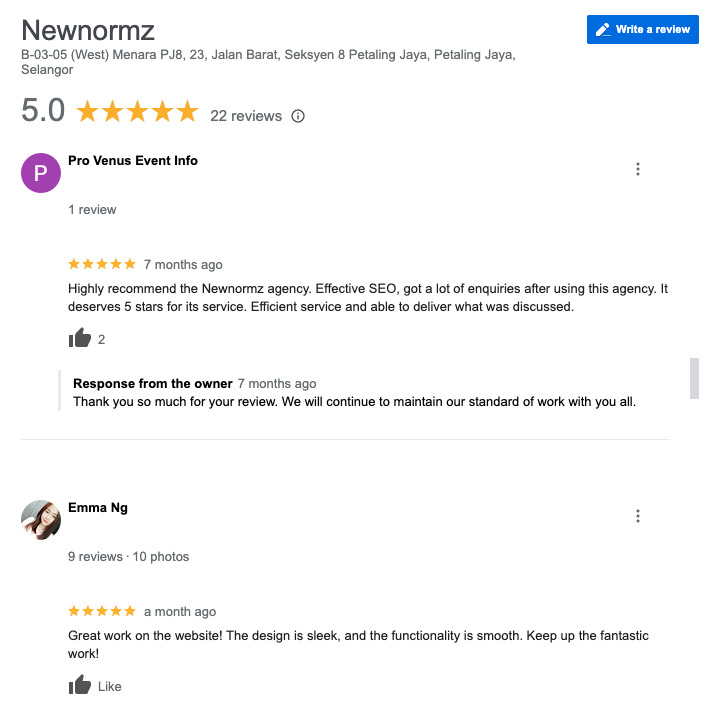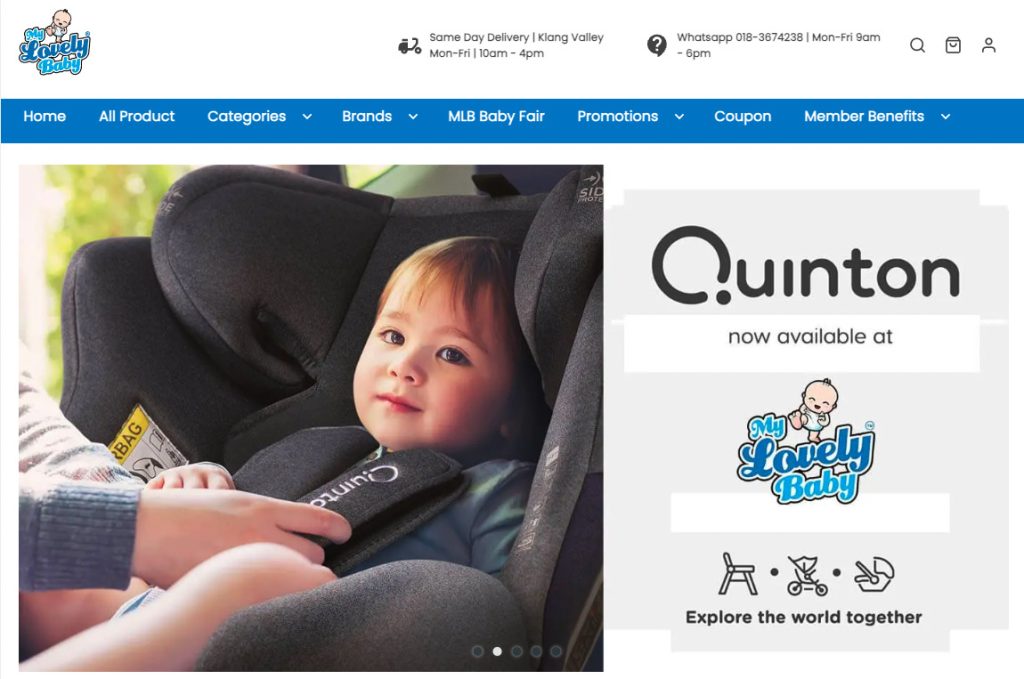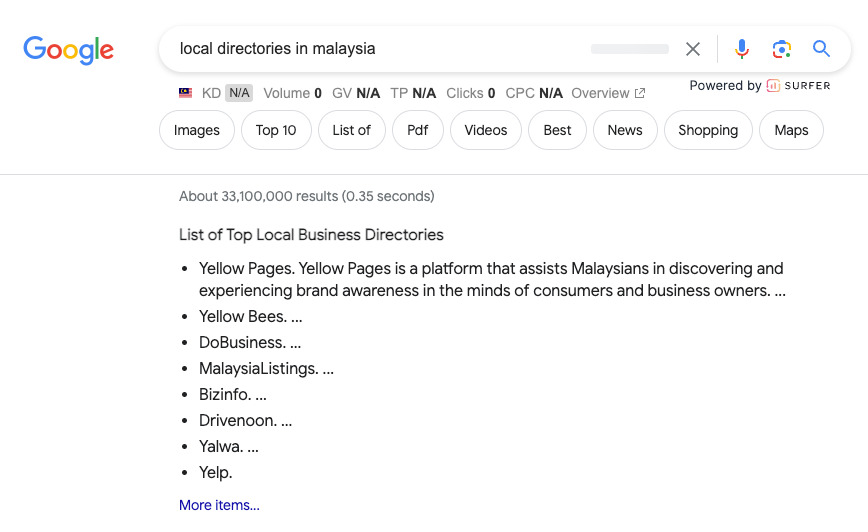Expanding your business into new local markets requires more than just a presence – it demands a strategic search engine optimisation (SEO) approach. This comprehensive guide will walk you through the steps needed to effectively rank in local markets, from updating your Google Business Profile to creating tailored content for your audience.
Google Business Profile (GBP)
Your Google Business Profile (GBP) is the cornerstone of local SEO. Keeping this information updated and accurate is crucial to improving your chances of ranking in local searches.
Update Service Areas
When expanding into new markets, the first step is to ensure your GBP reflects the areas you now serve. This signals to search engines the locations where your services are available. It also helps potential customers find you when they search for services in those areas.
Follow our guides on the GBP optimisations you shouldn’t ignore to achieve local search success.
Google Business Profile Reviews
Encourage satisfied customers to leave reviews on your GBP profile. Positive reviews not only influence potential customers but also impact local search rankings. Respond to reviews promptly and professionally to show potential customers that you value feedback and customer satisfaction.
Our articles on how to get more reviews for your Google Business Profile and the benefits of responding to reviews on your GBP will be helpful to you, so check them out.

Keep the Information Current
Regularly update your hours of operation on your website, landing pages, and GBP. This includes holiday hours and any temporary closures. Accurate information helps potential customers know when they can access your services. Ensure the information matches across all platforms, including your website and social media profiles, to maintain consistency and trustworthiness.
These articles can guide you through the GBP updates:
Schema Markup
Schema markup is a powerful tool for local businesses, providing search engines with detailed information about your business and service areas.
Define Service Areas
Use the local business or organisation schema on your website. By clearly defining your service locations, you help search engines accurately present your business to local users.
Implementing schema markup can be done through plugins or directly in your website’s HTML. This markup provides search engines with structured data about your business, including its location, operating hours, and services offered. Leveraging this data in your schema markup adds credibility and accuracy to your service area definitions.
Ensure you maintain consistency of information across all platforms, including social media and local business listings, to help search engines understand the geographical scope of your business.
Localised Title Tags and Meta Descriptions
Crafting compelling and region-specific title tags and meta descriptions can significantly boost your local search visibility and click-through rates.
Create Regional Titles
Tailor your title tags and meta descriptions to include specific regions or markets you’re targeting. For example, instead of a generic “Best SEO Agency,” consider “SEO Agency Service in KL & Selangor” This not only improves click-through rates but also signals the locality of your business to search engines.
When creating title tags, include relevant keywords along with the location to capture local search intent.

Optimising for Locality
Mentioning local landmarks, attractions, or well-known areas in your title tags and descriptions can attract users searching for businesses in those specific areas. For instance, “Conveniently Located Near KLCC” or “Serving the Community of Ampang” can resonate with local customers. This strategy not only improves visibility in local searches but also enhances the relevance of your listings.
Building Citations and PR
Engaging with local media and building citations not only improves your online visibility but also establishes credibility within the local community.
Engage Local Media
Reach out to local blogs, newspapers, and magazines for features and mentions. Being featured can drive referral traffic and signal to search engines that your business is relevant locally. Offer to provide insights, expert opinions, or stories about your industry to local journalists. This not only helps in building relationships but also generates valuable backlinks and mentions.
Feature Recognisable Brands
If your business is mentioned in a reputable local media outlet, showcase their logo on your page. This association can build trust and credibility with local audiences. When featured in local publications or websites, display badges or logos of these media outlets on your website. This serves as social proof and reinforces your credibility in the eyes of potential customers.

Demographic Considerations
Understanding the demographics of your new market is essential for crafting targeted marketing strategies.
Adapt Marketing Approach to Audience’s Preferences or Needs
Modify your marketing approach to resonate with the new audience’s preferences and needs. For example, if you are moving into an area with a high population of families, emphasise family-friendly offerings.
Consider creating specific promotions or messaging that speaks directly to the interests and needs of the local demographic. This could include highlighting special deals for students, families, or seniors, depending on the local population.
Language Considerations
If your business operates in multiple languages, ensure hreflang tags are correctly implemented to direct users to the appropriate language version of your site. This ensures that users searching in different languages are directed to the most relevant content.
Implement hreflang tags in your website’s HTML to indicate the language and geographical targeting of each page. This helps search engines serve the correct language version of your pages to users in different regions.
Visual Representation
Update the imagery on your website to reflect the demographics of the new market. This includes using images that resonate with the local audience and showcase your understanding of their community. For example, if targeting a younger demographic, use images that feature young people enjoying your products or services. If targeting families, include images of families interacting with your business.
High-quality, authentic images not only improve engagement but also help potential customers visualise themselves using your products or services.

Local Link Building
Seek out opportunities to build local backlinks from reputable websites in the area. Collaborations with local businesses, sponsorships of events, or participation in community initiatives can all lead to valuable local links.
Reach out to local organisations, charities, or businesses for partnership opportunities that can result in backlinks to your website. Building a network of local backlinks signals to search engines that your business is a trusted and relevant entity in the local community.
Mobile Optimisation
Given the prevalence of mobile searches for local businesses, ensure your website is mobile-friendly. This includes responsive design, fast loading times, and easy navigation on mobile devices. Test your website on various mobile devices to ensure a seamless user experience. Mobile-friendly websites not only improve user satisfaction but also receive a ranking boost in mobile search results.
Utilise Local Directories
Submit your business to local directories such as Yelp, Yellow Pages, and industry-specific directories. These listings can improve your online visibility and local search rankings. Create detailed and accurate listings on these directories, including your business name, address, phone number, and website URL. Optimise your listings with relevant keywords and categories to increase the chances of appearing in local search results.

Create Location-Specific Landing Pages
If your business has multiple locations, create dedicated landing pages for each. This allows you to target specific keywords and provide tailored information for each location, enhancing your local SEO efforts. Each landing page should include unique content such as address, contact information, operating hours, and services offered at that location. This helps search engines understand the relevance of each location to local search queries.
Conclusion
Expanding into new local markets presents exciting opportunities for growth. By following these steps and additional strategies, and adapting your SEO strategy to local nuances, you can begin to rank effectively and attract customers in your new target area.
Success in local markets requires a combination of technical SEO, localised content, and a customer-centric approach. With careful planning and implementation, your business can thrive in its new local markets.
Remember, the key to sustainable success is consistency. Regularly monitor your local SEO efforts, track your progress, and make adjustments as needed. Boost your local ranking with our SEO quick-win strategies or engage our digital marketing services in Malaysia today.






